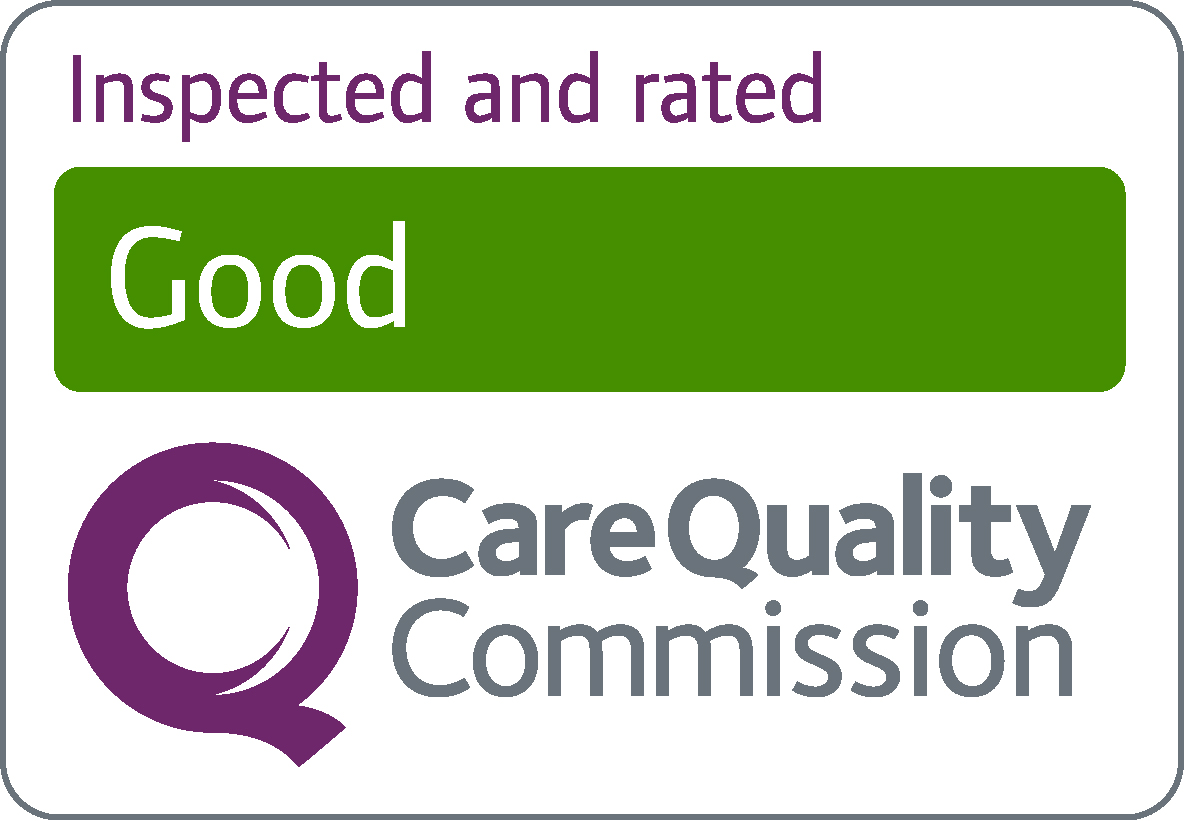Otosclerosis
Otosclerosis is a problem with the bones inside the ear which causes gradual hearing loss. Hearing aids or surgery will usually improve your hearing and total hearing loss is rare.
Symptoms of otosclerosis include:
- gradual hearing loss in 1 or both ears, often over several years
- hearing ringing, buzzing or other noises in 1 or both ears (tinnitus)
- dizziness
- problems with your balance
Otosclerosis is a common cause of hearing loss in younger adults. Symptoms usually start between the ages of 30 to 50.
See a GP if:
- you think your hearing is gradually getting worse
- you have tinnitus regularly or constantly
- your tinnitus is getting worse
- your tinnitus is bothering you, for example, it's affecting your sleep or concentration, or is making you feel anxious or depressed
If you have symptoms of otosclerosis, your GP will usually check inside your ears and may refer you to:
- an audiologist for hearing tests
- an ear, nose and throat (ENT) specialist who will look inside your ears, and may arrange a CT scan
The 2 main treatment options for otosclerosis are hearing aids or surgery.
Hearing aids work by making the sounds around you louder. They can help you hear easier, but they will not stop your hearing from getting worse.
You may also be offered surgery to remove one of the small bones (the stapes) in your affected ear or ears. If your stapes is removed, it will be replaced by a plastic or metal implant. Surgery is usually very successful at improving hearing.
You will usually be referred to an ear, nose and throat specialist (ENT) who will help you decide which treatment may be best for you.
Otosclerosis happens when a tiny bone inside your ear, called the stapes, joins (fuses) with other parts of the ear and stops you being able to hear properly.
It's not known why otosclerosis happens, but it may be passed on in families. You are more likely to get otosclerosis if a close relative has it.
